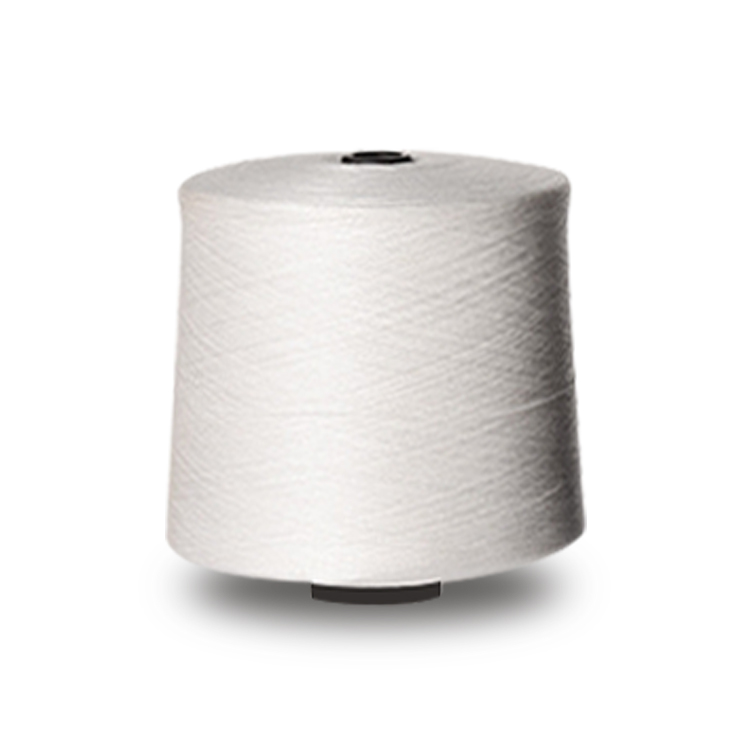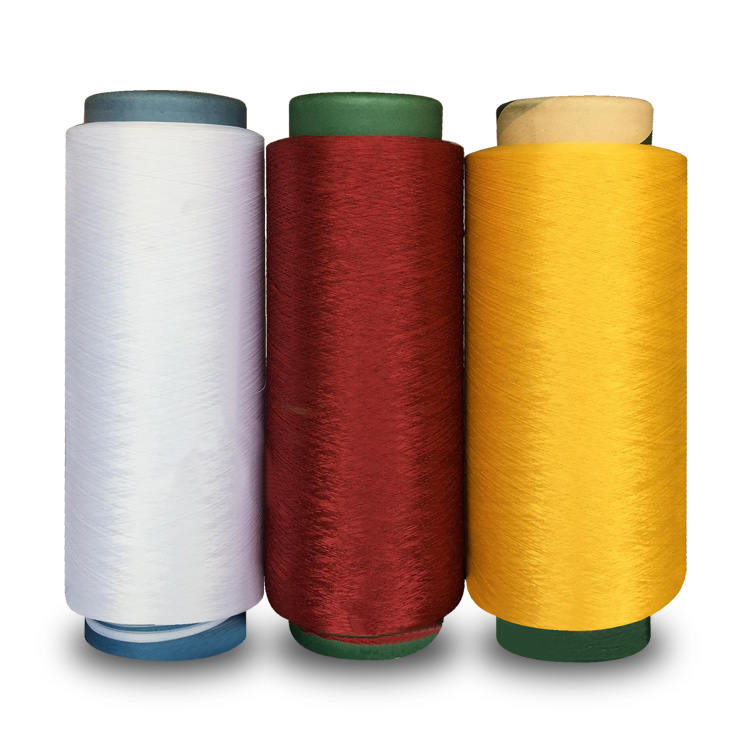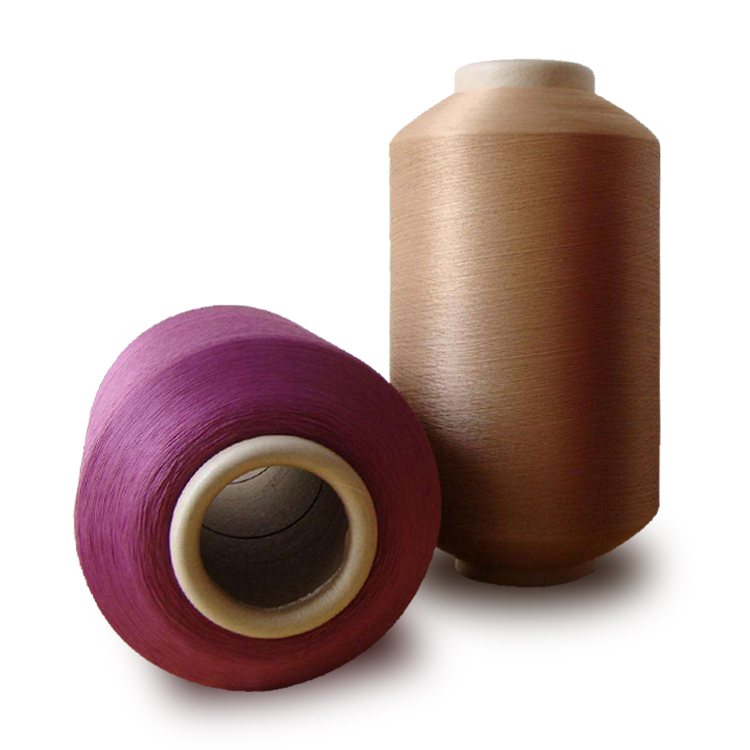
Main causes of yellowing of sewing thread(2/2)
1.4 Oil Agent
Oil is used in sewing thread production to improve the spinnability and sewing performance of yarns. But these oils can yellowing the sewing thread. Unsaturated paraffin spinning oils adsorbed on fibers become yellow due to oxidation after long-term storage or exposure to sunlight. This yellowing of textiles caused by oils is generally called fibre. Vitamin oil yellowing

1.5 Phenolic Compounds
Phenolic antioxidants and nitrogen oxides cause the most yellowing. The packaging materials of various textiles are mostly polyethylene, which is widely packaged by cardboard and polyethylene film. In most cases, polyethylene will use phenolic compounds containing steric hindrance as antioxidants such as BHT (2,6-di-tert-butyl-4-methylphenol) to delay its aging. In addition, cardboard contains natural degradation products, which have the same yellowing effect as phenolic antioxidants. In the presence of nitrogen oxides, any trace phenol-based antioxidant is transferred to the sewing line surface by volatilization or friction, and reacts with nitrogen oxides (mainly NO2) absorbed or stored in air and packaging materials (such as cardboard) to form yellow substances, which cause the sewing line yellowing. It's called phenol yellowing.

1.6 ozone
Ozone, as a strong oxidizing gas in the air, decomposes dyes and turns them yellow in the presence of ultraviolet light. Indigo dyes are decomposed by ozone in contact with air and under the action of light oxidation, resulting in the formation of the yellow substance indomethacin. The rate of discoloration and yellowing of indigo depends on the location of dyes in fibers, dye uptake, moisture absorbed by fibers, concentration of protective chemicals and ozone on fibers, etc. Nowadays, indigo dyes are also used to dye sewing thread to meet the needs of the jeans industry.




